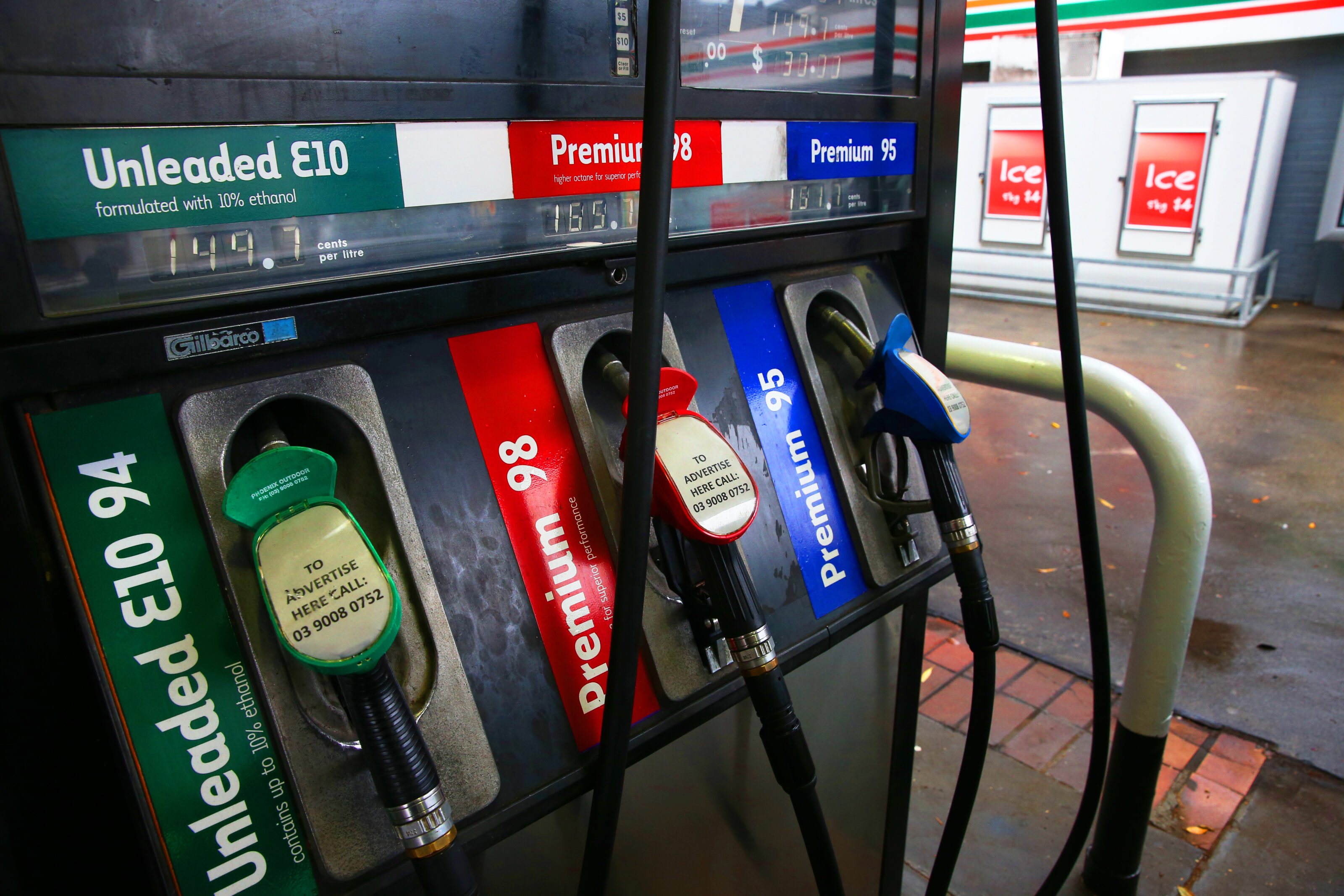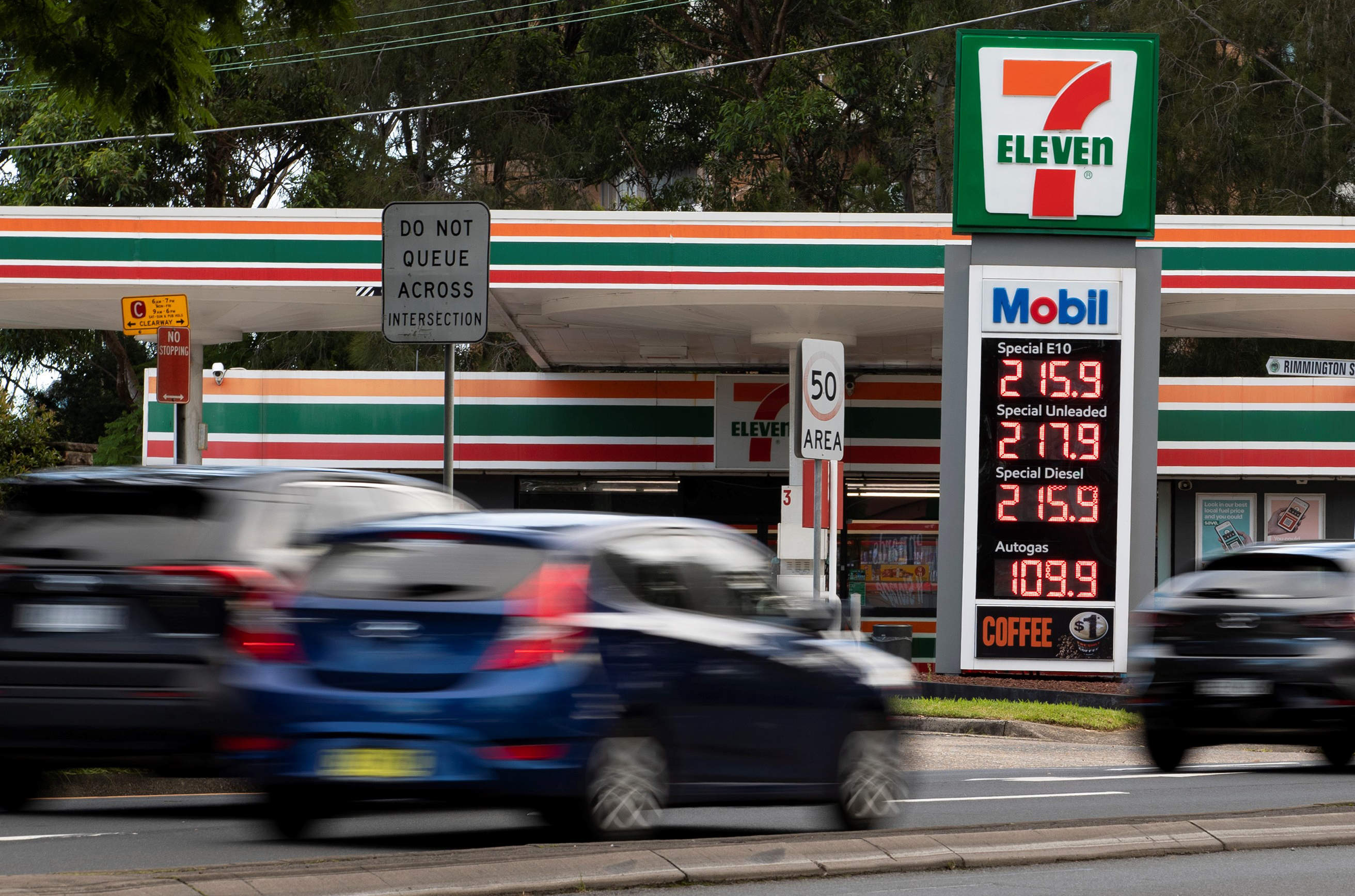
If you drive a petrol car you are traditionally faced with four options when you pull up to the bowser to refill your tank. You can top up using Premium 98 or 95 unleaded, standard 91 unleaded, or the cheapest option, E10. But what is E10, what are its benefits and downsides?
E10 is a petrol mixture that contains 10 percent ethanol. Ethanol is organic alcohol sourced from grains such as corn and sugar or food waste.
It generally burns cleaner and cooler than oil-based petrol, providing performance that is more powerful and eco-friendly. However, it is less efficient, meaning it will return worse fuel mileage. Blending petrol with Ethanol in E10 is designed to provide the best of both worlds.

Most cars built after 1986 can safely run E10 fuel, with the exceptions being those with carburettors instead of direct injection, and high-powered vehicles. Always check your user manual, or inside the fuel-filler door, to see what fuel can be used in your car.
While E10 is a cheaper option than 91 Octane (91 RON) fuel, it typically has an octane rating of 94.5, putting it in line with the middle of the range 95 RON option.
Ethanol is a cleaner-burning fuel than 91 RON too, resulting in less pollution of the atmosphere. Yet, greenhouse gases from farming, harvesting and refining the fuel bring its overall emissions back in line with regular petrol.
While Ethanol is considered to be tougher on engines, according to the Royal Automobile Association of South Australia, several studies have shown using E10 fuel does not increase corrosion in normal, everyday operation.
It is important to differentiate E10 from E85, which is a heavier Ethanol blend. A car that is capable of running E10 usually cannot be filled up using E85.
At the end of the day, E10 provides a slightly cheaper alternative to traditional fuels. However, it is important to check if your car can use E10, and that the slight drop in efficiency doesn’t end up costing you more.



